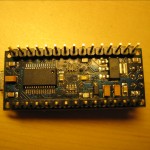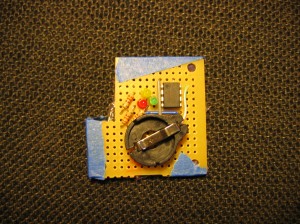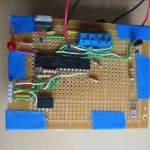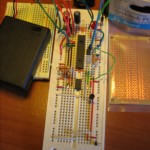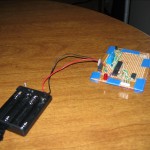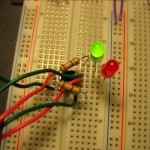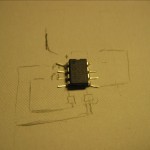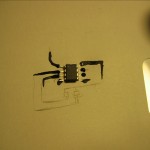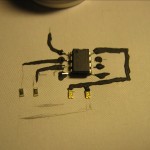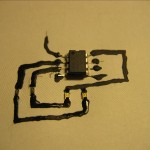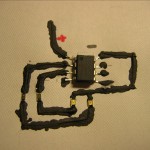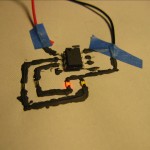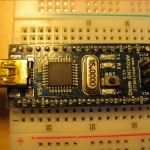 I just got back from a trip to the east coast to find my new Arduino Nano waiting for me. So far I haven’t done much with it besides a simple LED flashing sketch just to check that the board wasn’t DOA and interfaces with the Arduino software properly. This board is super cool. It’s so small and yet packs a very complete feature set. My only problem with it so far is the solder joints. On my board at least (Nano v2.3) most of the joints look cold/rough. And a bunch on the backside look like they still have flux residue on them. It looks like a whitish crud (could also be oxidation caused by acidic flux) that is found around edges, and underneath some of the SMD components (capacitors and resistors). I wonder if anyone else has seen this on their board?
I just got back from a trip to the east coast to find my new Arduino Nano waiting for me. So far I haven’t done much with it besides a simple LED flashing sketch just to check that the board wasn’t DOA and interfaces with the Arduino software properly. This board is super cool. It’s so small and yet packs a very complete feature set. My only problem with it so far is the solder joints. On my board at least (Nano v2.3) most of the joints look cold/rough. And a bunch on the backside look like they still have flux residue on them. It looks like a whitish crud (could also be oxidation caused by acidic flux) that is found around edges, and underneath some of the SMD components (capacitors and resistors). I wonder if anyone else has seen this on their board?
I may try and clean it up with some isopropyl alcohol later. Included here are a few photos, but they don’t really show the crud or the cold joints very well. Anyways, the board works fine, but I think Gravitech (or whoever they use to fab the boards) should do a better job getting the board clean for the next batch.
On a side note, I recently made a true random number generator, and just finished characterizing its output (its nice and random, if a bit slow). I’ll post the details when I can.
